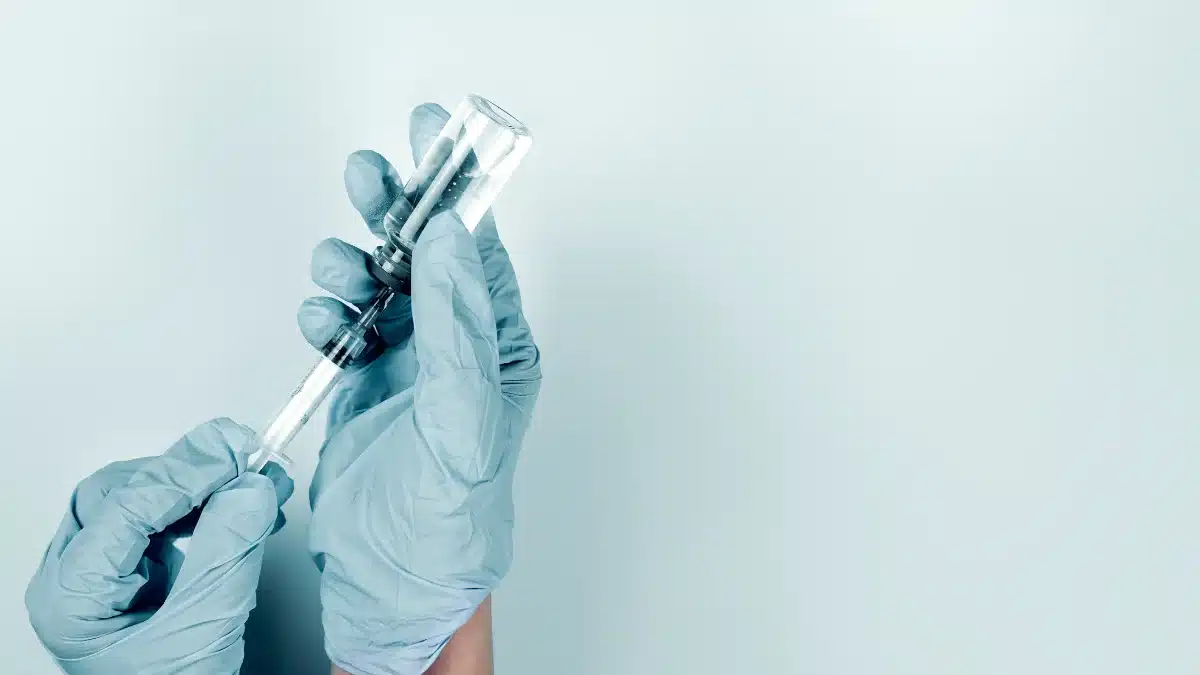The Importance of Targeted Delivery: Exploring Risks of Incorrect Testosterone Injections
Testosterone therapy has become increasingly common for men experiencing symptoms of low testosterone. This hormone plays a crucial role in male development, regulating muscle mass, bone density, sex drive, and overall well-being. Testosterone replacement therapy (TRT) involves administering synthetic testosterone to address deficiencies and improve these functions.
A crucial aspect of TRT is the injection site. Testosterone is typically injected intramuscularly (IM), meaning deep into a muscle. This ensures proper absorption of the hormone into the bloodstream for optimal effects. However, injecting testosterone incorrectly, particularly outside of a muscle, can lead to a range of unwanted consequences.
Understanding Testosterone and Its Role
Testosterone is the primary male sex hormone. It’s produced in the testicles and plays a vital role in various bodily functions, including:
- Muscle growth and development: Testosterone helps build muscle mass and strength.
- Bone health: It promotes bone density and helps prevent osteoporosis.
- Sex drive and libido: Testosterone plays a key role in male sexual function and desire.
- Sperm production: It’s essential for sperm production and fertility.
- Red blood cell production: Testosterone helps stimulate the production of red blood cells.
- Mood and energy levels: Testosterone can influence mood, energy levels, and overall well-being.
When testosterone levels drop due to age-related decline or medical conditions, men can experience a variety of symptoms, including:
- Decreased muscle mass and strength
- Increased body fat
- Low libido and erectile dysfunction
- Fatigue and low energy levels
- Mood swings and irritability
- Difficulty concentrating
- Decreased bone density
The Importance of Intramuscular Injection
Testosterone replacement therapy involves introducing synthetic testosterone into the body to compensate for low levels. There are various administration methods for TRT, but intramuscular injection is the most common and preferred method. Here’s why:
- Controlled Release: Injecting testosterone into a muscle provides a controlled release of the hormone into the bloodstream. This ensures sustained levels throughout the dosing cycle.
- Bypassing the Digestive System: Testosterone taken orally would be broken down by the liver, significantly reducing its effectiveness. Intramuscular injection bypasses the digestive system, delivering a higher concentration of testosterone directly into the bloodstream.
- Reduced Side Effects: Compared to other routes like topical gels, intramuscular injection offers a more targeted delivery system, potentially minimizing side effects.
Risks of Incorrect Testosterone Injections
While intramuscular injection is the recommended route for TRT, incorrect injection techniques can lead to various complications. Here’s a breakdown of some potential risks:
- Pain and irritation: Injecting testosterone outside the muscle can cause pain, swelling, and irritation at the injection site.
- Lipoatrophy: Repeated injections into fatty tissue can lead to lipoatrophy, a condition where fat cells shrink and leave behind indentations in the skin.
- Nerve damage: Accidental injection into a nerve can cause numbness, tingling, or weakness in the affected area.
- Oil embolism: In rare cases, injecting testosterone into a blood vessel can lead to an oil embolism, a blockage that can cause serious health problems like stroke or vision loss.
- Infection: Improper injection techniques or failure to maintain sterile conditions can increase the risk of infection at the injection site.
Safeguarding Your Health: Proper Injection Techniques
To minimize risks and ensure the effectiveness of TRT, it’s crucial to follow proper injection techniques. Here are some key points to remember:
- Consult a healthcare professional: A doctor or qualified healthcare provider will assess your individual needs and provide training on proper injection techniques. They will also prescribe the appropriate dosage and injection frequency.
- Injection site selection: Common injection sites for testosterone include the buttocks (gluteus maximus) and thighs (vastus lateralis). Healthcare professionals will identify the appropriate location and teach proper injection techniques to avoid nerves and blood vessels.
- Sterile technique: Maintaining a sterile environment is essential to prevent infection. This includes using sterile needles and syringes, cleaning the injection site with alcohol, and washing your hands thoroughly before and after the injection.
- Rotation of injection sites: Regularly rotating injection sites within the designated areas helps prevent lipoatrophy and localized irritation.
Seeking Help for Injection Issues
If you experience any pain, swelling, redness, or unusual symptoms at the injection site, discontinue use and consult your healthcare provider immediately. They can assess the situation and recommend appropriate treatment options. Additionally, if you’re unsure about any aspect of the injection process, don’t hesitate to seek clarification.






More Stories
Where to Watch USMNT vs Jamaica National Football Team
How I Met My Monster
How Should a Ring Fit